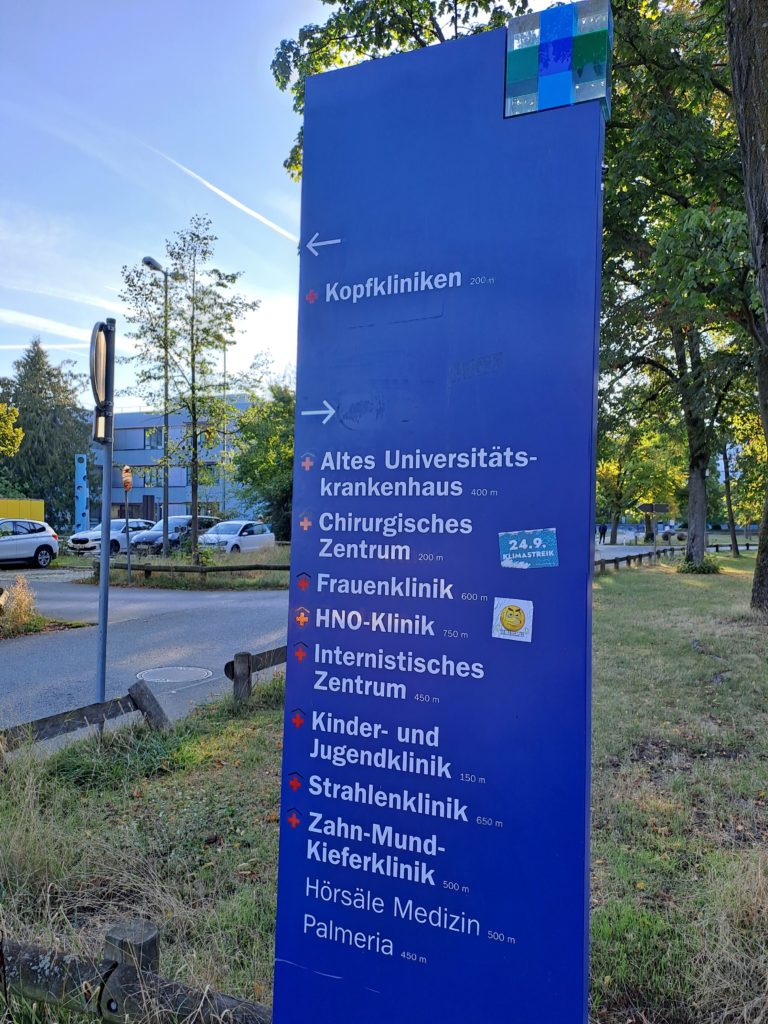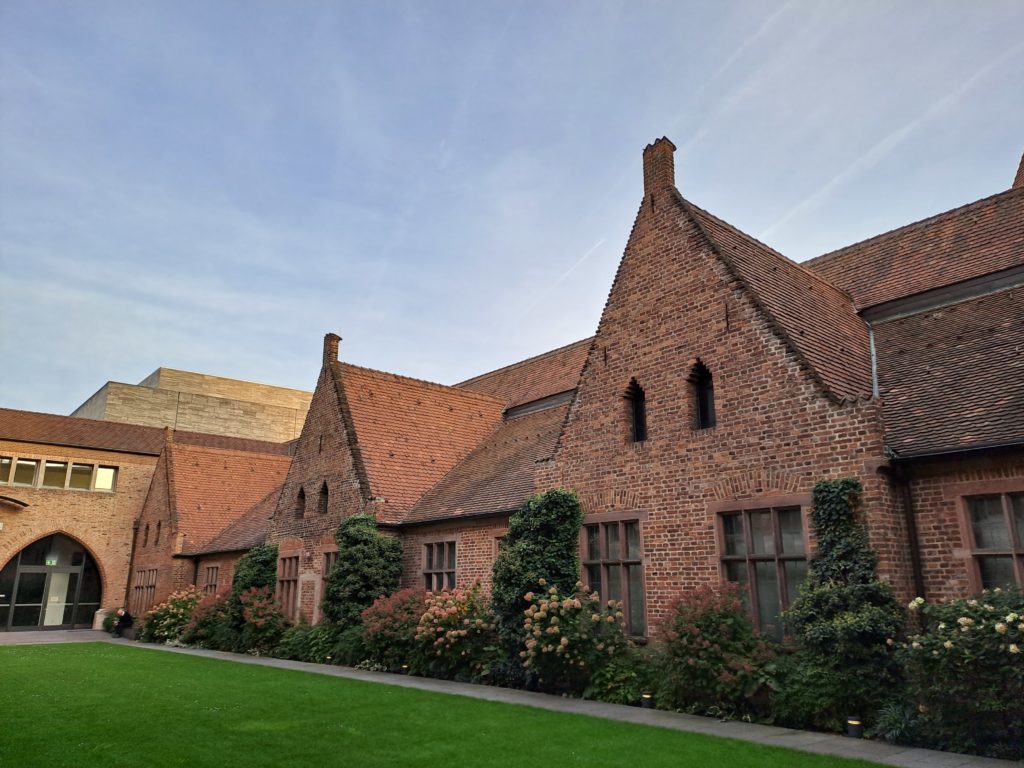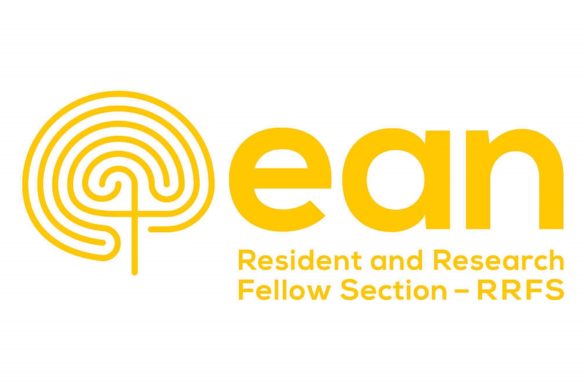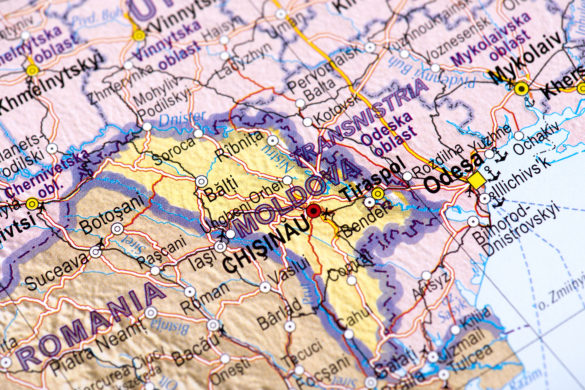
Harmen Moes, Groningen, Netherlands
Term of Fellowship: 1 April – 30 June 2022
Hosting department: Department of Neurology, Karolinska University Hospital, Stockholm, Sweden
Supervisor: Dr Mathias Sundgren
…
I am pleased to report on my three-month clinical internship at the department of Neurology at Karolinska University Hospital. This internship was supported by a grant from the EAN Clinical Fellowship Programme.
I am a neurology resident at the University Medical Centre Groningen. I had the opportunity to do an internship at Karolinska University Hospital’s Department of Neurology, focusing on Parkinson’s disease. During the internship, I was supervised by the experienced Parkinson’s neurologist Dr Mathias Sundgren.
Karolinska University Hospital is a renowned medical centre and is ranked the eighth best hospital in the world. The neurology clinic at Karolinska University Hospital was founded in 1887 as the second clinic in the world, just a few years after the first neurology clinic was established in Paris (1884). Besides providing high-quality patient care, Karolinska’s neurology clinic is among the most research-intensive clinical neuroscience departments in the western world.
Before the start of my internship, I had converted my physician registration to Sweden, which allowed me to work as a physician and prescribe medication. The 12-week internship was broadly divided as follows: six weeks Parkinson’s disease and six weeks other neurology. These two internship components were mixed so that I focused on Parkinson’s disease roughly every other week.
Parkinson’s disease
During the in-depth part of the internship, I was introduced to the different aspects of academic care for patients with Parkinson’s disease (PD). I attended the multidisciplinary consultations in which PD neurologists discussed the indications for advanced treatments (DBS, apomorphine, levodopa-carbidopa intestinal gel infusion [LCIG]) in consultation with PD nurses and neurosurgeons.
As a ward physician, I was involved in the care of admitted patients with advanced PD. Most of these patients suffered from troublesome motor complications. They had been hospitalised to initiate a DBS system or pump therapy (apomorphine or LCIG with or without entacapone), or for adjustment of the oral medication regimen.
Furthermore, I did consultations at the outpatient clinic. I performed the anamnesis and neurological examination myself. If necessary, I adjusted the medication schedule in consultation with the supervisor. The consultations at the outpatient clinic included patients with suspected PD in whom we established the diagnosis, as well as patients with PD or atypical parkinsonism who came for a control visit. Because I worked at the outpatient clinic for three separate weeks, at three-week intervals, I had the opportunity to meet patients again to get an impression of the effect of the medication adjustments.
It was very instructive to be working at both the nursing ward and outpatient clinic, as well as attending the multidisciplinary consultations. I gained valuable knowledge about diagnosing and treating motor and non-motor symptoms in different stages of Parkinson’s disease.
Other components of the clinical internship
During the remaining six weeks of the internship, I had the chance to see other subspecialties of neurology at Karolinska University Hospital. For example, I spent several weeks working at the General Neurology Ward and the Spinal Cord Injuries Ward. Two particular cases I remember were a patient with NMO who presented with area postrema syndrome, and a young patient who had suffered a spinal cord injury after a shooting incident.
In addition, I accompanied the epilepsy consultant for one week. I visited the Epilepsy Monitoring Unit and was present at the multidisciplinary consultation on epilepsy surgery. I also observed several consultations at the outpatient clinic.
Furthermore, I spent a week with three neuromuscular neurologists. While observing consultations at the outpatient clinic, I learned about ALS and about the high prevalence of patients with hereditary transthyretin amyloidosis in Sweden, among other things.
I also spent a week working at the Diagnostic Ward where patients came for bundled diagnostics for a neurological condition, such as a lumbar puncture, MRI, or clinical neurophysiological examinations.
Finally, I worked for a week at the Medium Care Ward, where patients with strokes were admitted, but also patients with neuro-infectious diseases, for example Guillain Barré syndrome.
In summary, I look back on a very inspiring and extremely educational internship in Stockholm. Besides learning about specific diseases and treatments, it was valuable to get acquainted with working methods that were slightly different from working practices in the Dutch healthcare system. It was also very inspiring to be able to work among enthusiastic and experienced colleagues with highly specialised knowledge.
Acknowledgments
This internship would not have been possible without the financial support of the EAN’s Clinical Fellowship Programme. Therefore, I would like to thank the EAN for the awarded grant and the privilege to do an internship abroad. Furthermore, I would like to thank all colleagues from the department of Neurology at Karolinska University Hospital for their help and collegiality, but also for showing me the beautiful city of Stockholm. Special thank go to the following colleagues: Maria Fredman for taking care of all the important administrative matters, Dr Sebastian Thams for making a great schedule, Dr Tiago Taborda Prazeres Moreira for welcoming me and supporting my application for this Clinical Fellowship, and Dr Mathias Sundgren for making the internship possible, his valuable guidance and his instructive and enthusiastic supervision. Tack så mycket!

Kamil Wezyk, Krakow, Poland
Term of Fellowship: 29 August – 9 October 2022
Hosting department: Universitätskliniken Erlangen – Epilepsiezentrum, Erlangen, Germany
Supervisor: Prof. Hajo Hamer, MHBA
…
It was a great pleasure to visit the Epilepsy Center in Erlangen, Germany for an EAN Clinicial Fellowship. During my stay (six weeks), I have learned so much and I have seen the amazing possibilities of surgical treatment offered there for people with epilepsy. My tutor was Prof. Hajo Hamer, who was very nice and ready to help. He welcomed me warmly on my first day and introduced me to all the staff.
The Epilepsy Center in Erlangen is one of the most important centres in Germany and Europe. During my stay, I had many opportunities to expand my knowledge about epilepsy and its treatment. My work started every day at 8:00am and I usually stayed until 3 or 4pm. In the morning, there are meetings where patients’ cases are discussed, and then a visit takes place. Throughout the day, I had the opportunity to view the EEGs and watch seizures recorded thanks to video-EEG.
The Epilepsy Center, part of the Neurological Department, consists of nine beds. It has two basic functions: one is differential diagnosis (patients who were not sure whether their seizures were epileptic were admitted), and the other is preoperative diagnosis. I accompanied the physicians employed on the ward at every stage of their care with the patient – from admission to the ward, through the daily planning of diagnostics, EEG assessment – to discharge and final conversation with the patient and their family.
Preoperative diagnosis consists of several stages. At first, the patient is monitored on the ward and doctors try to find what the epileptic seizures look like and where the epileptic focus is located. At this stage, a high-quality 3T MR is also performed to rule out a structural cause of epilepsy. The patient is also evaluated by a neuropsychologist. I also participated in this assessment; I even had the opportunity to see what the WADA test looks like. In case of uncertainty about the location of the epileptic focus, tests such as PET or MEG are performed.
The next stage, which was very interesting to me, was electrode implantation and invasive monitoring. During my stay, I saw several of these patients. Of course, each case is discussed individually and the final decision about possible surgical treatment is made by the team after analyzing all tests. I attended a meeting like this several times, which was extremely informative.
At this point, I would like to thank Dr Stephanie Gollwitzer, Dr Jeanne Cuny, Dr Matthias Borutta, and other team members, in particular Mrs. Katrin Walther and Mrs. Ingrid Weber-Gomez. Working in the outpatient clinic was also an excellent experience. I had the opportunity to see what care looks like in such conditions and how high standards prevail at the hospital in Erlangen. Special thanks to Dr Burkhard Kasper and Dr Tamara Welte.
All team members are fluent in English, but I have to admit that knowledge of German was an advantage. It made it easier for me to understand the patients. I think it is also worth getting to know at least the basics of EEG before such an internship, because thanks to this you can understand and use more. At the end of my stay, I even had the opportunity to self-evaluate some of the EEG records (of course, they were checked later). I definitely recommend the Epilepsy Treatment Center in Erlangen as a location for the EAN Clinical Fellowship.
I am very grateful to Prof. Hajo Hamer and all those who made my stay very pleasant.

















